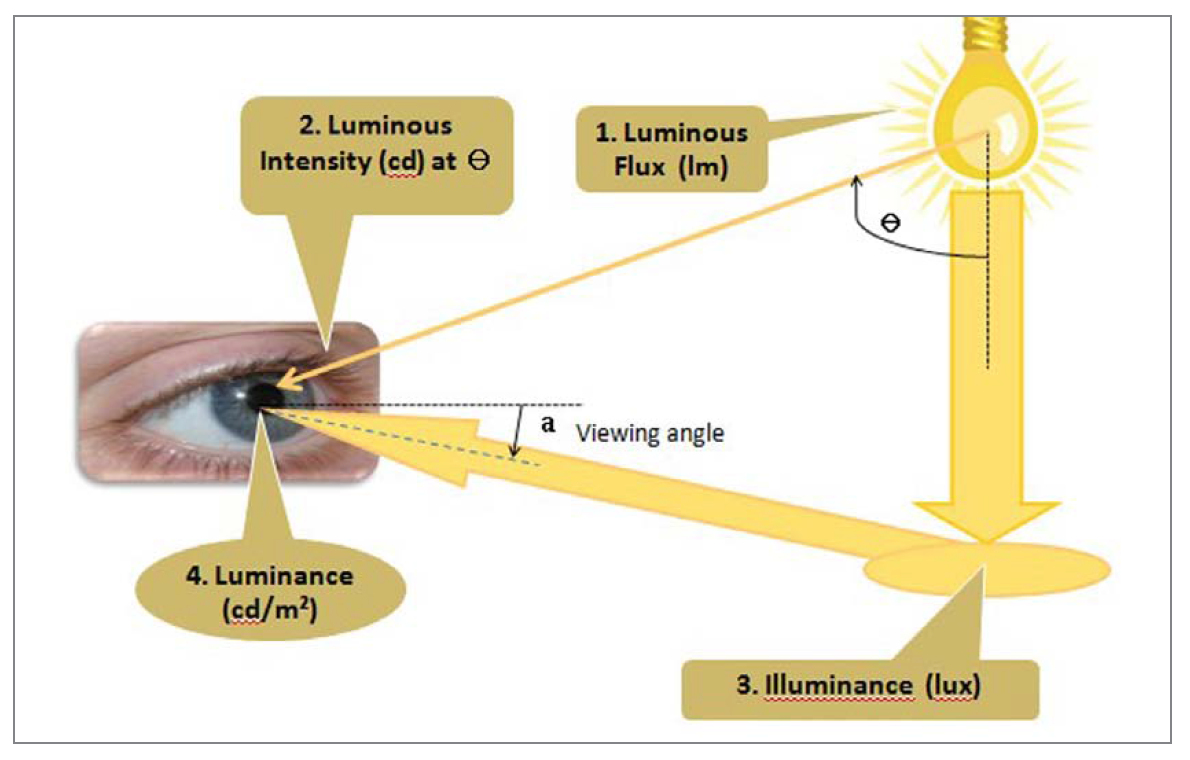Contents

Source: LED professional
Photometry: Understanding Light Measurements
Wavelength-dependent Sensitivity of the Human Eye
The human eye’s sensitivity to light plays a crucial role in photometry. The eye has cone cells for color vision under normal lighting conditions (photopic vision) and rod cells for low-light conditions (scotopic vision). The eye’s spectral sensitivity varies, with cones responding to different wavelengths compared to rods.
Photopic Vision
Under normal lighting, the eye’s cone cells are active, allowing for color perception. The CIE photopic luminosity function is used to estimate perceived brightness based on the eye’s spectral sensitivity.
Scotopic Vision
In low-light conditions, the eye relies on rod cells, which are more sensitive but do not perceive color. The CIE scotopic luminosity function is used to estimate brightness under such conditions.
Photometric Quantities
Various photometric quantities are used to measure light, including luminous energy, luminous flux, luminous intensity, luminance, illuminance, and luminous efficacy. These quantities are related to radiometric quantities but are tailored to human vision.
Measurement of Photometric Quantities
Photometers are instruments used to measure photometric quantities such as illuminance and luminous flux. These tools help quantify light levels and ensure lighting standards are met in various applications.
Conclusion
Photometry is essential for understanding how humans perceive light and how to measure and quantify light properties accurately. By considering the eye’s sensitivity to different wavelengths and using appropriate photometric quantities, we can ensure optimal lighting conditions for various environments.

Source: OSIRIS-REx Mission
Feel free to comment your thoughts.



